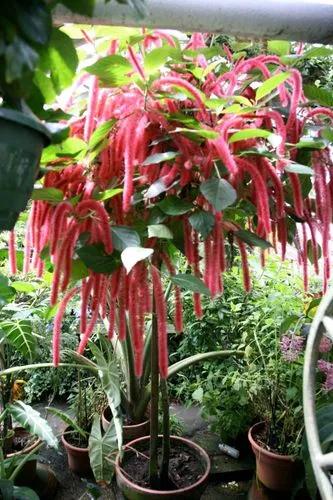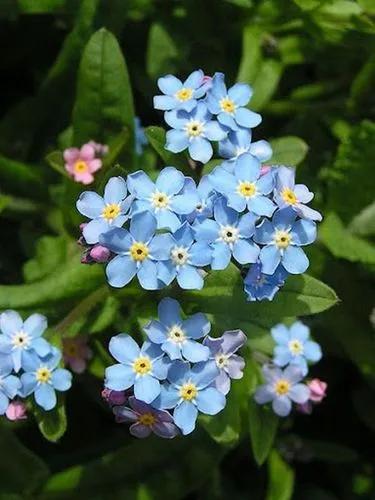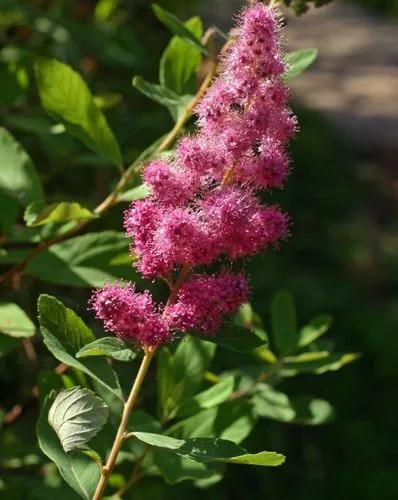The Phalaenopsis is an orchid that belongs to the Vandaceae tribe of the Orchid family and is a herbaceous plant. Its natural habitat is Southeast Asia's humid forests, as well as Australia and the Philippines.
Phalaenopsis Orchid Care
Phalaenopsis



Phalaenopsis leaves are collected in a rosette of 3-5 leaves at the root.
The leaves are evergreen and range in length from 2-12 in (5 to 30 cm). The leaves of certain species have a lovely marble pattern.
The leaves are oblong-ovate, fleshy, leathery, sessile or with a short petiole, evenly colored (from light to dark green) or with brown or silver dots and spots, grouped in two rows. Every year, 1-2 leaves are produced; however, only 5-6 leaves can be present on the plant at any given time, with up to 10 leaves on healthy adult plants.
The plant grows aerial roots and shoots from the axils between the leaves.
How to Care for the Plant

Water

After the substrate is entirely dry, water the plant, but do not leave it dry for an extended period of time. In a transparent pot, the need for watering can be determined by the absence of moisture on the walls of the pot, as well as by the roots, which become light. Phalaenopsis roots are vivid green in color when they are saturated with moisture.

Pruning

Pruning phalaenopsis is best achieved during the dormant season. The plant has entirely faded at this point, and no new buds have formed on the arrow. If this isn't done in a timely manner, the plant may return to the budding stage.

Fertilizer

When the phalaenopsis is actively growing green mass, fertilize once a week; when the phalaenopsis is resting, fertilize once a month. You can only fertilize the plant on wet roots after it has been watered. Do not fertilize a plant that is sick or weak.

Sunlight

Light is the most critical development component for phalaenopsis, as it is for all orchids. It depends on the amount of light available, how much water the roots absorb, and how they disperse it. Water is used as a building material: for the growth of leaves, roots, and flower stalks.
Phalaenopsis lighting should be bright yet diffused, with no direct rays. Also, there should be at least 10 hours of daylight each day.
Soil

The bark of small and medium portions is the most important component of the Phalaenopsis substrate. If the humidity in your apartment is low, as it is during the autumn-winter season when the heating is turned on, sphagnum moss should be added.
Pieces of the intermediate fraction's bark are normally put at the bottom of the pot, with the fine fraction's bark in the middle and on top. Because dry bark quickly loses moisture, it is vital to wash and soak the bark for two days prior to transplantation to ensure that it is soaked with moisture. The water should then be drained and rinsed with clean water. After mixing in the chopped moss, the plant is ready to be transplanted.
Propagation

If some orchids with pseudobulbs can successfully reproduce by dividing the rhizome, phalaenopsis cannot use this strategy. They reproduce in the natural world by producing seeds and new shoots after flowering.
Vegetative reproduction is only possible if the plant is healthy and obtains the required nutrients, light, and moisture.

Temperature

The phalaenopsis orchid enjoys a moderate temperature regime, which means that it is recommended to keep these plants at a temperature in the range of 65-77 °F (18-25 °C) throughout the year.

Container

Phalaenopsis is usually planted in a clear pot, although opaque plastic or ceramic pots can also be used. Some gardeners grow these orchids on blocks, but it requires increased attention and care.

Fun fact

The name ‘Phalaenopsis orchid’ was given by Carl Ludwig Blume because of the moth similarity.

Popularity

39,890 people already have this plant 7,262 people have added this plant to their wishlists
Discover more plants with the list below
Related articles






